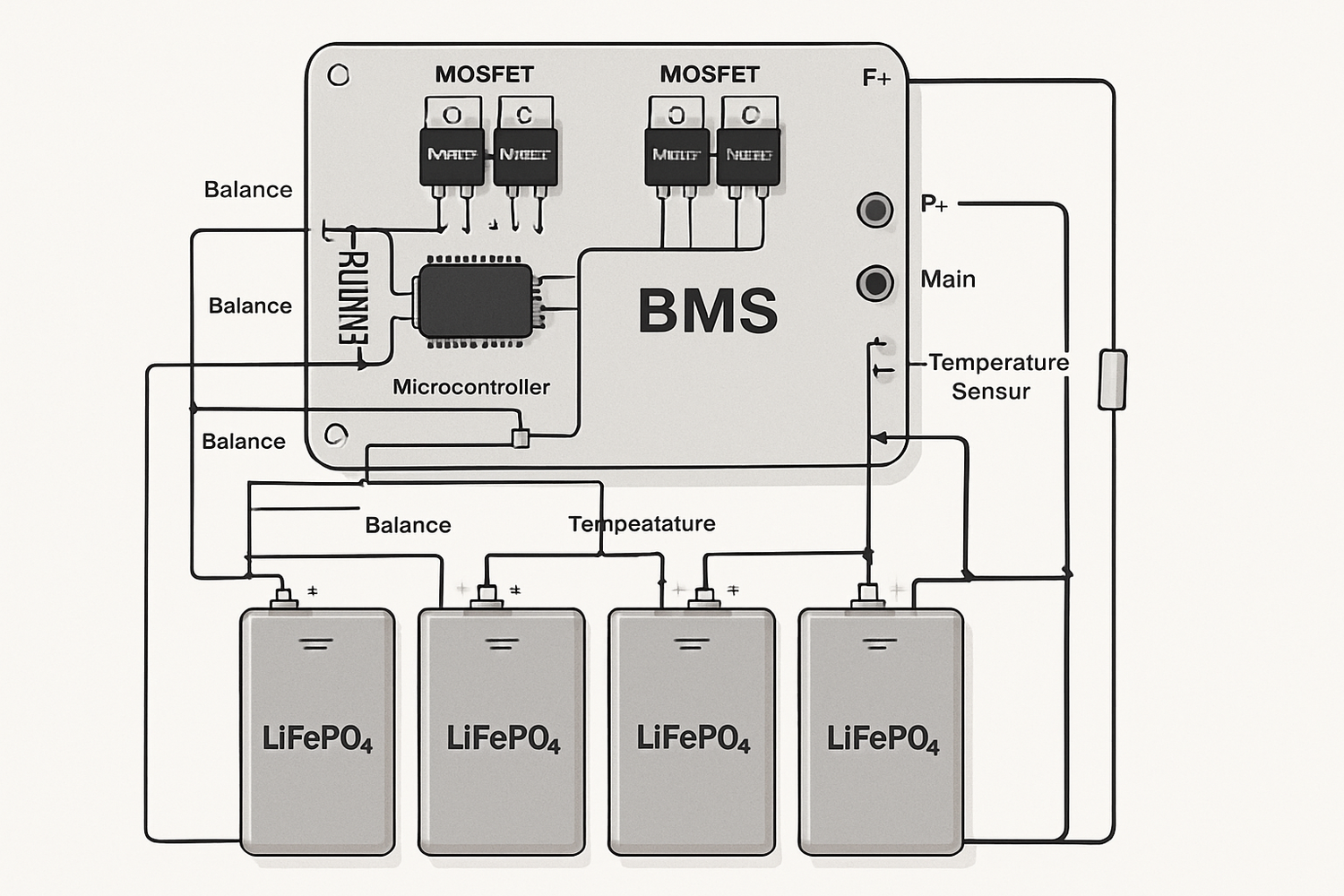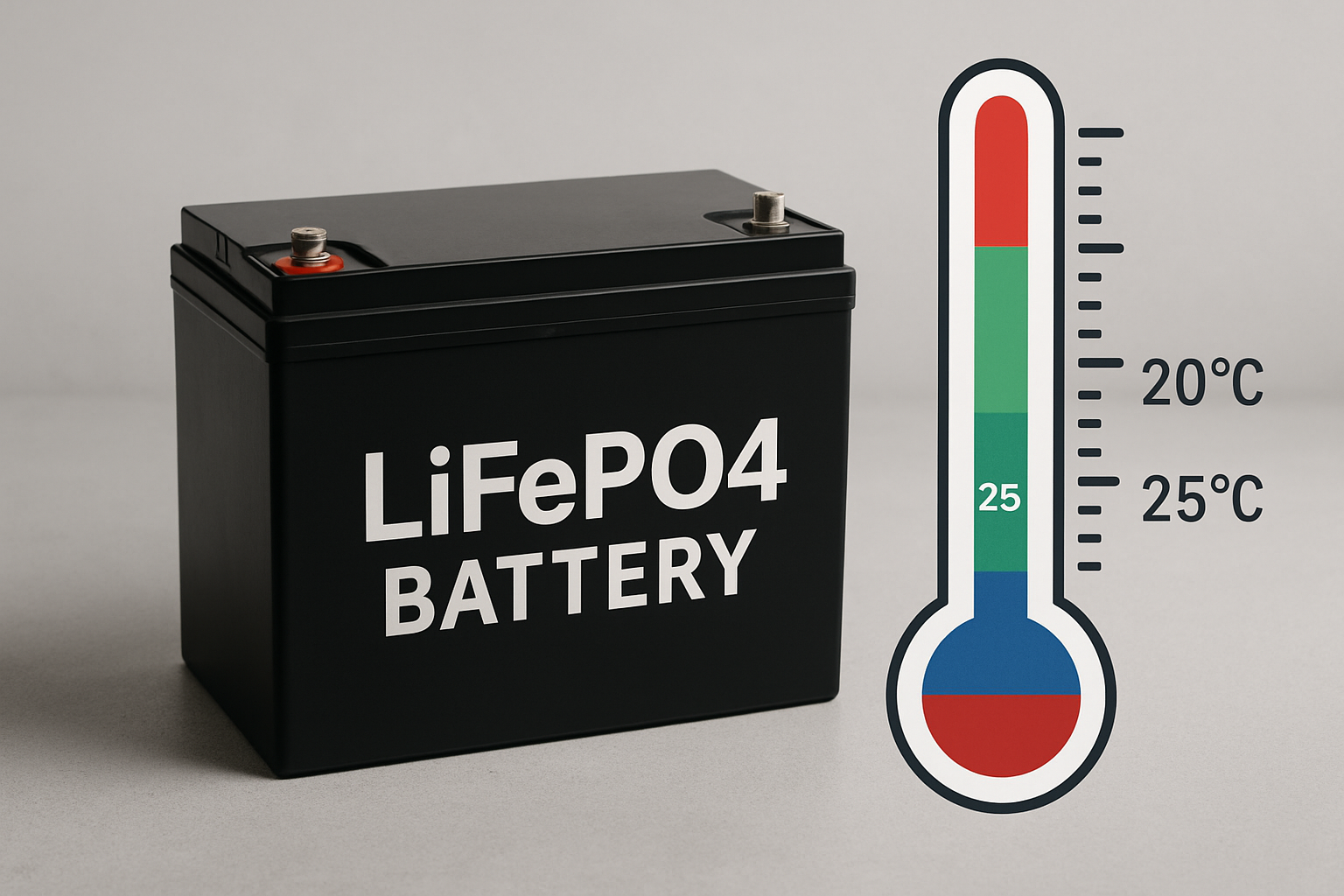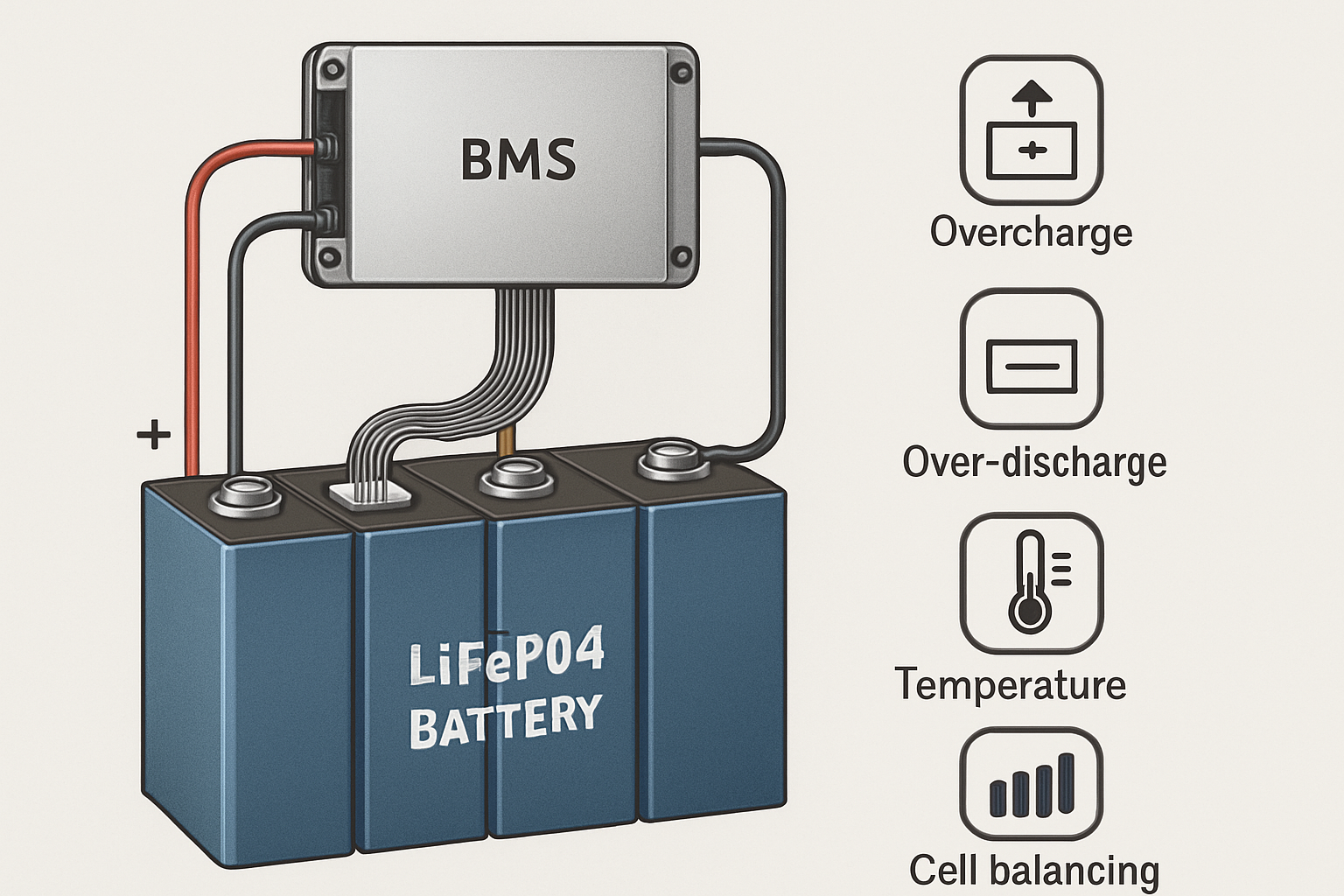You have invested in a high-quality 100Ah LiFePO4 battery, anticipating years of reliable service and thousands of cycles. But what if a component you rarely see is quietly undermining its longevity? The Battery Management System (BMS) is the brain of your battery pack, and its performance is directly tied to the health and lifespan of your energy storage investment. A well-designed BMS acts as a diligent guardian, while a subpar one can accelerate degradation.
This article examines the critical functions of the BMS and clarifies how its configuration and quality directly impact the durability of a 100Ah lithium battery. Understanding its role is fundamental to maximizing the return on your energy storage solution.
The Critical Role of a Battery Management System (BMS)
A BMS is more than just a safety circuit; it is an intelligent electronic system that actively manages and protects the individual cells within a lithium battery pack. Its continuous monitoring and intervention are essential for both safety and achieving a long cycle life.
Core Protective Functions
The primary responsibility of any BMS is to keep the battery operating within its safe parameters. It accomplishes this through several key protective measures:
- Overcharge Protection: The BMS will stop the charging current if the voltage of any cell exceeds a predefined limit, typically around 3.65V for LiFePO4 cells. This prevents overheating and irreversible cell damage.
- Over-discharge Protection: It disconnects the load if any cell's voltage drops below a safe minimum, usually about 2.5V. This action prevents deep discharging, which can permanently reduce the battery's capacity.
- Over-current and Short-Circuit Protection: The BMS instantly disconnects the battery if it detects a dangerously high current draw or a short circuit, protecting the cells from damage and preventing potential fire hazards.
- Temperature Monitoring: It continuously tracks cell temperature and will prevent charging or discharging if temperatures move outside a safe operating window, which is often 0°C to 45°C for charging.
How a Poorly Configured BMS Degrades Your Battery
While all BMS units provide basic protections, their effectiveness varies. A low-quality or improperly configured BMS can actively shorten your 100Ah LiFePO4 battery lifespan through several mechanisms.
Inaccurate Cell Balancing
Cell balancing is one of the most critical functions for longevity. A lithium battery pack contains multiple individual cells connected in series. Over time, tiny differences in manufacturing and operating conditions cause their states of charge to drift apart. The BMS works to equalize these voltages. When balancing is ineffective, some cells are consistently overcharged while others are under-discharged, even if the total pack voltage appears normal. This imbalance is a primary cause of premature capacity loss and can reduce a battery pack's lifespan significantly.
Incorrect Voltage and Current Cutoffs
The cutoff parameters programmed into the BMS are vital. If the high-voltage cutoff is set too high, it will repeatedly allow overcharging, stressing the cells. Conversely, if the low-voltage cutoff is too low, it permits damaging deep discharges. According to the International Energy Agency (IEA), maintaining batteries within an optimal state-of-charge window is crucial for extending their service life. A BMS with imprecise or incorrect settings forces the battery to operate outside this ideal window, accelerating aging.
Inadequate Temperature Protection
Charging a LiFePO4 battery at temperatures below 0°C (32°F) can cause an irreversible chemical process called lithium plating, which permanently reduces capacity and can create internal short circuits. A quality BMS uses accurate temperature sensors to block charging current in cold conditions. Basic or faulty systems may lack this feature or have slow response times, allowing damaging charging to occur before intervening.
Key BMS Features that Maximize LiFePO4 Lifespan
When evaluating a 100Ah lithium battery, the quality of its internal BMS is a primary consideration. Advanced systems offer features that go beyond basic protection to actively enhance battery longevity.
Precision and Reliability
A high-quality BMS uses superior electronic components for precise voltage, current, and temperature measurements. This accuracy ensures that protective actions are taken at exactly the right moment, preventing small deviations that accumulate into significant damage over thousands of cycles.
Effective Cell Balancing Strategy
There are two main types of cell balancing: passive and active. Passive balancing, the more common method, uses resistors to dissipate excess energy from higher-voltage cells as heat. Active balancing is a more advanced technique that transfers energy from higher-voltage cells to lower-voltage ones, which is more efficient. Both can be effective, but a well-implemented active balancing system can maintain a tighter balance, contributing to a longer and more usable lifespan.
Data Monitoring for Proactive Maintenance
Modern BMS units often feature communication ports (like Bluetooth, CAN, or RS485) that allow users to monitor the battery's status in real-time. Access to individual cell voltages, temperature, and state of charge helps identify potential issues early. As highlighted in the ultimate reference for solar storage performance, detailed monitoring allows for system adjustments that align with best practices for longevity, such as optimizing charge parameters and managing loads.
| Feature | Basic BMS | Advanced BMS |
|---|---|---|
| Protection | Overcharge, Over-discharge, Over-current | All basic protections with higher precision |
| Balancing | Passive | Advanced Passive or Active |
| Temperature | Single high/low cutoff sensor | Multiple sensors, pre-heating control |
| Communication | None | Bluetooth, CAN, RS485 |
| Data Logging | No | Yes, for diagnostics and history |
A Final Check on Your System's Health
The Battery Management System is not a passive component; it is the active manager of your 100Ah lithium battery's health. Its ability to perform precise cell balancing, enforce correct voltage and temperature cutoffs, and provide clear data is fundamental to achieving a long and reliable service life. When choosing an energy storage solution, looking beyond the battery's capacity to the intelligence of its BMS is a crucial step in securing a durable and efficient power source for years to come.
Frequently Asked Questions
Can a BMS be replaced?
Yes, a BMS can be replaced, though it is a technical task that requires care. It is essential to choose a replacement that matches the battery's chemistry (LiFePO4), cell count (e.g., 4S for a 12V system), and current handling requirements. Incorrect installation can damage the battery.
Does the BMS affect charging speed?
The BMS indirectly affects charging speed. It dictates the maximum charging current the battery can safely accept. It will also slow or stop the charge if any cell's voltage gets too high or if the temperature is outside the safe range, thereby controlling the overall charge time to protect the battery.
What are the signs of a failing BMS?
Symptoms of a failing BMS can include the battery shutting off unexpectedly under normal loads, a failure to charge or discharge, a sudden and significant drop in usable capacity, or error codes if the system has a communication interface. In some cases, a faulty BMS can lead to a battery reading zero volts, even if the cells are still healthy.





Leave a comment
All comments are moderated before being published.
This site is protected by hCaptcha and the hCaptcha Privacy Policy and Terms of Service apply.